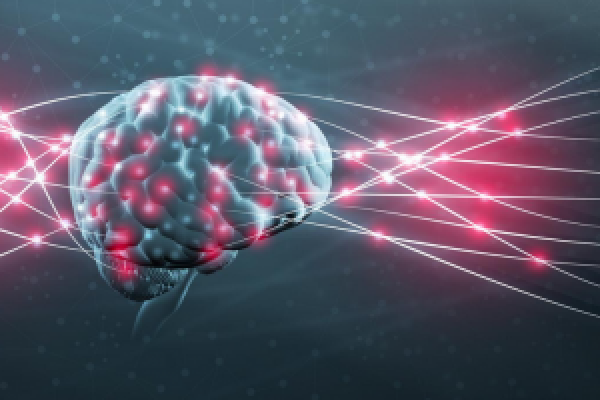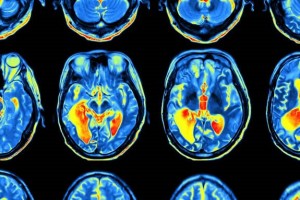FSIs and the 'stop-go' brain circuit
In a study published by the same team last year, the scientists showed that the striatum contains brain cells that fire at each other...
In a study published by the same team last year, the scientists showed that the striatum contains brain cells that fire at each other in two ways: using an excitatory "go" pathway (which gives the "green light" for an action), and an inhibitory "stop" pathway (which blocks it).
In this previous research, O'Hare and colleagues showed that, when a habit forms, the two pathway types in the brain circuit are stronger, and the lights do not wait for their turn. The green light is given before the red one, as the go neural pathway fires before the stop one.
FSIs only make up 1 percent of the neurons found in the striatum, but their structure connects them to 95 percent of the neurons in the stop/go pathways.
"This cell is a relatively rare cell but one that is very heavily connected to the main neurons that relay the outgoing message for [the dorsolateral striatum]," explains Prof. Calakos.
"We were trying to put these pieces of the puzzle into a mechanism," she says. "And we thought, because of the way that [FSIs] are connected up to the other cells, it could be the one cell that is driving these changes in all of them. That is what we set about testing [in the new study]."
Studying FSIs and habits in mice
For the new research, O'Hare and colleagues trained mice to push a lever in order to be rewarded with a sugar pellet. The scientists determined that the mice had formed a habit if they continued to press the lever even though they had already received their reward and the lever would no longer give out any more sugar pellets.
Then, using a technique called "chemogenetics," the researchers administered the mice a drug that "deactivated" the FSI brain cell.
The scientists found that lowering the activity of the FSIs stopped the mice from pressing the lever when no reward would come out. Habit formation was therefore stopped.
Moreover, deactivated FSIs led to a less active stop/go circuit, and the timing of the two-pathway green/red lights reverted to their pre-habit stage.
"We find that this cell is a master controller of habitual behavior, and it appears to do this by re-orchestrating the message sent by the outgoing neurons," says Prof. Calakos.
"Some harmful behaviors like compulsion and addiction in humans might involve corruption of the normally adaptive habit-learning mechanisms. Understanding the neurological mechanisms underlying our habits may inspire new ways to treat these conditions."



.jpg)

Related Posts